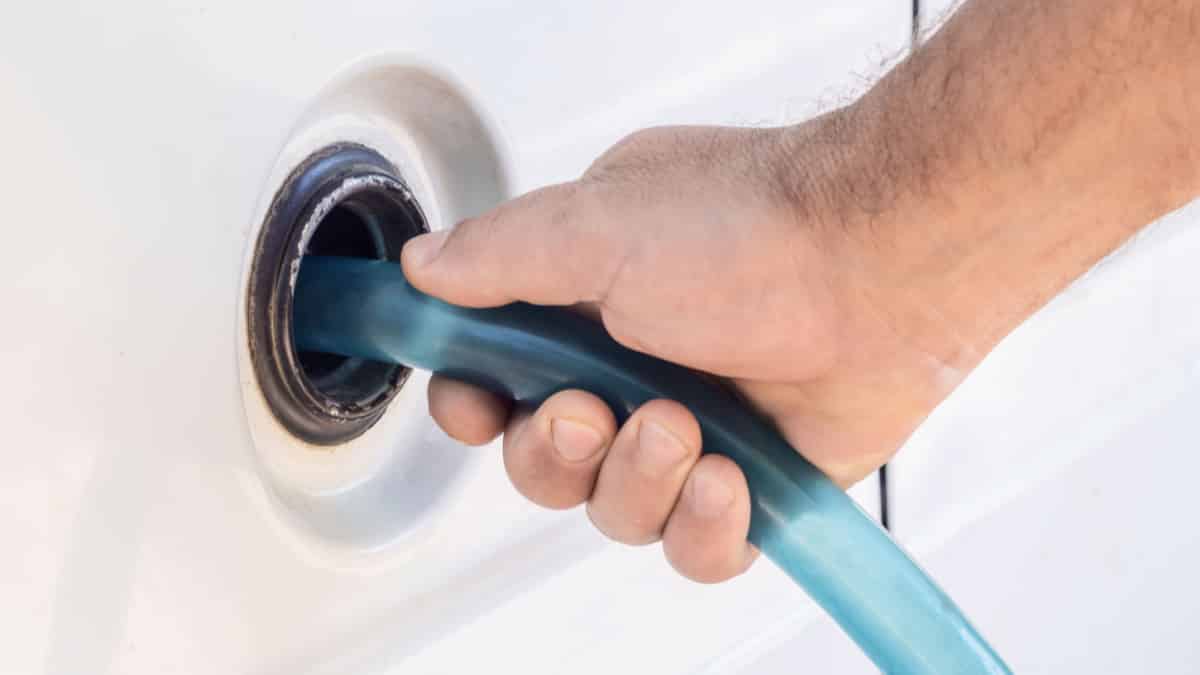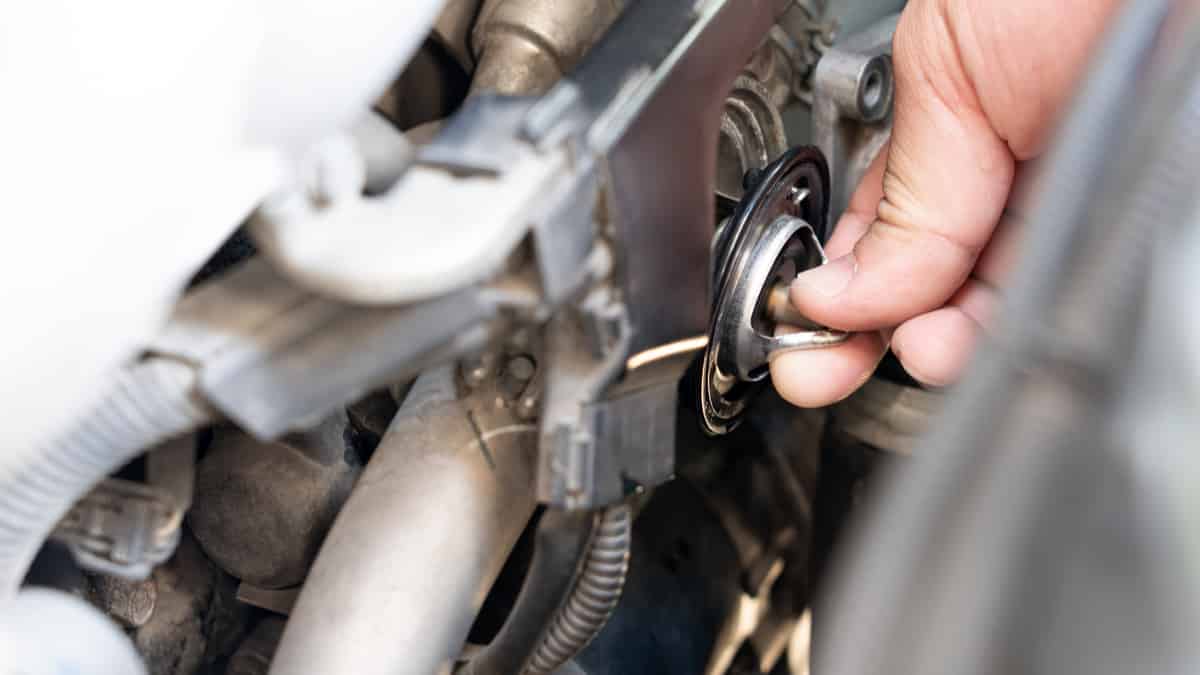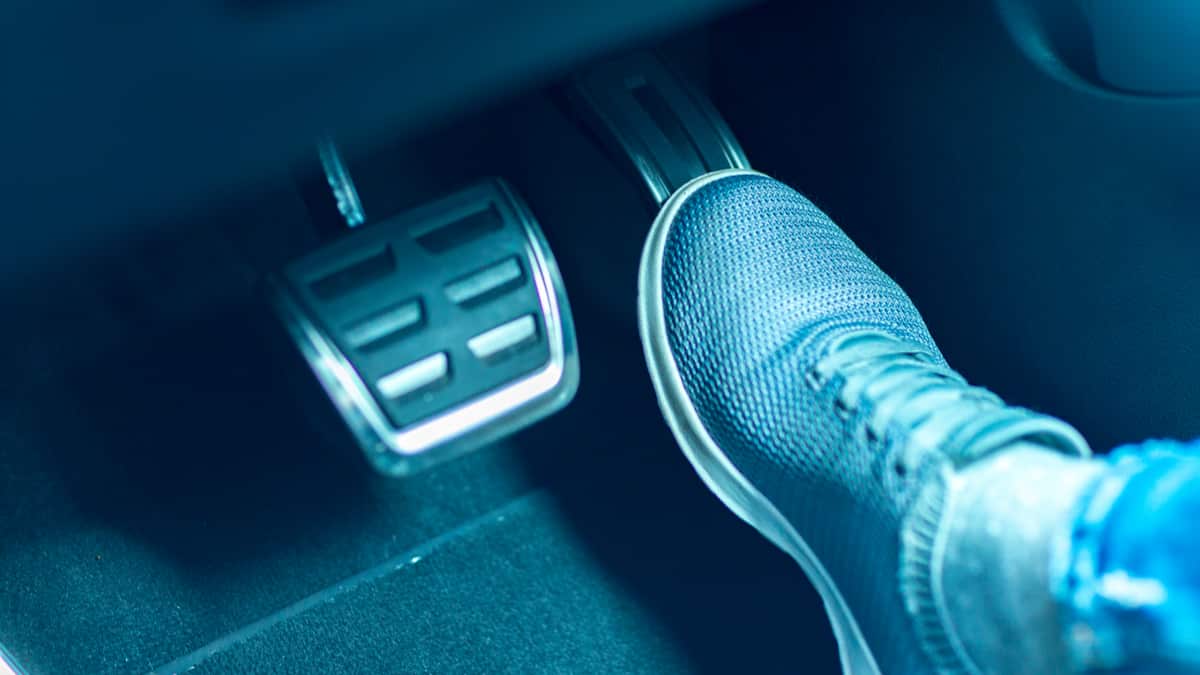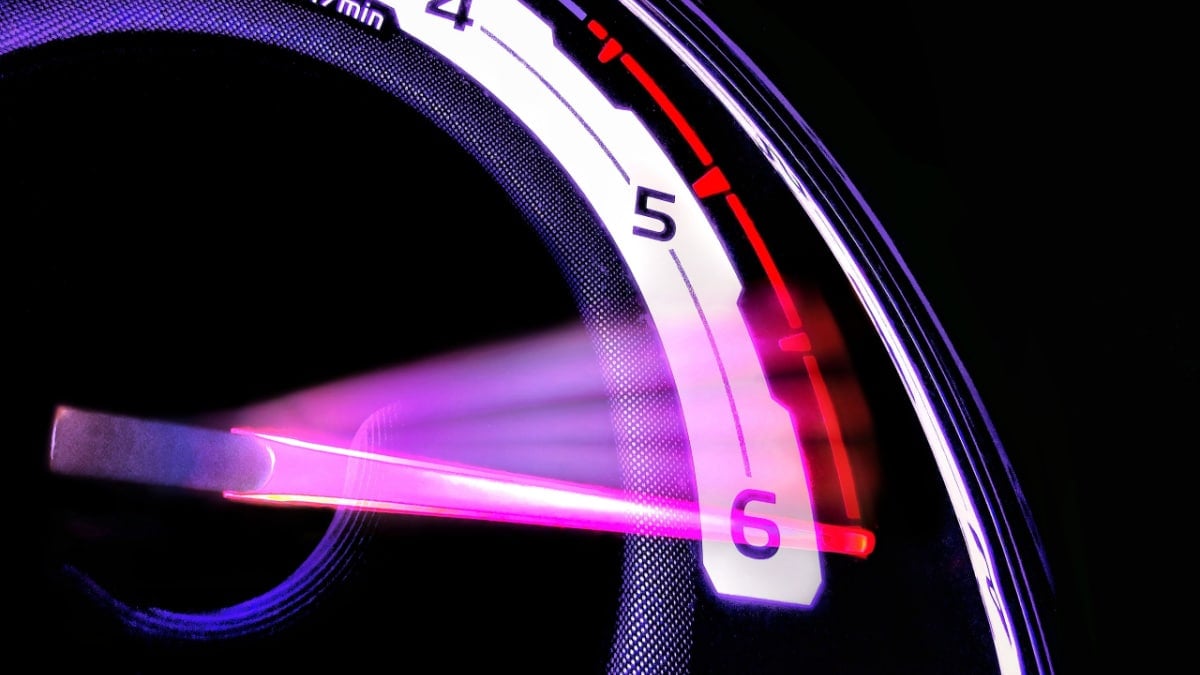Have you ever had the joy of experiencing your vehicle shake or vibrate as you accelerate away from a junction?
If you have, then you know that it’s certainly not a joy. Immediately after you feel the shake for the first time, your mind starts to race, thinking, “what could that be?” “How much will this cost me?” or “Is this safe to drive?”.
The good news for you is that if your vehicle only shakes under acceleration, then this will usually indicate a smaller problem that needs addressing. If you’re able to get this fixed soon after noticing the fault for the first time, then this could save you spending the big bucks further down the road.
8 Causes of Car Shakes When Accelerating
The most common reason why a car is shaking or vibrating when accelerating is due to unbalanced wheels or a worn CV joint. It can also be a damaged driveshaft, but it could also be caused by engine issues like a misfiring engine.
Here is a more detailed list of the most common reasons why a car shakes when accelerating.
1. Wheels Out of Balance

If you notice shaking after having new tires fitted or after hitting a curb with your wheel, then this could be a sign that your wheels need balancing.
This is a straightforward process that most garages will carry out for you at a low cost.
To determine which wheels are at fault, you need to feel where the shake is coming from. As you accelerate and feel the vibration, if you can feel it shake through the steering wheel, this would indicate that your front wheels need balancing. However, if you can feel it shake through your seat, this would hint that your rear wheels need a balance.
Keep in mind that if your wheels are out of balance, then this shaking sensation will usually feel more pronounced as your vehicle’s speed increases.
RELATED: 7 Causes Why Your Car Vibrates When Stopped or Idling
2. Worn CV Joint
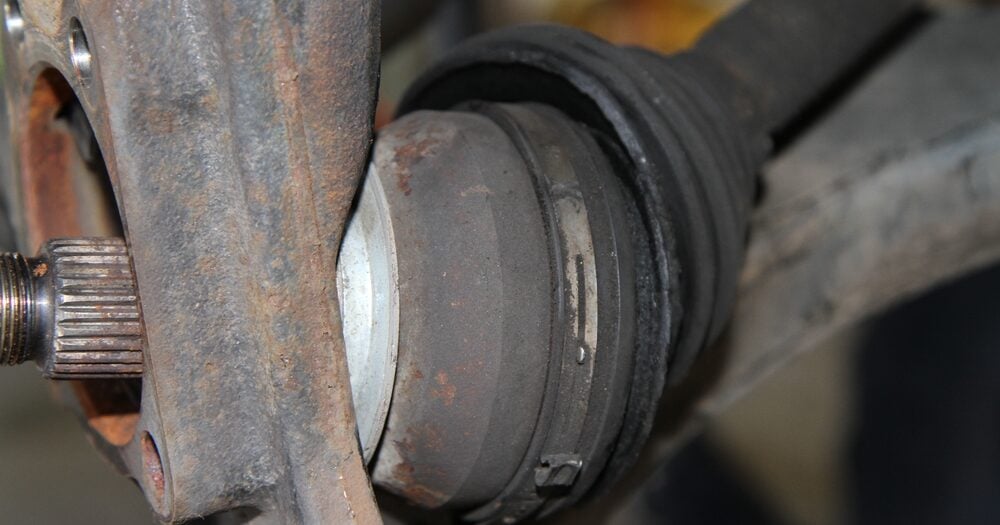
Your CV (constant velocity) joints are fitted to your front driveshafts and are what allow your wheels to turn whilst moving. They are bearings packed with grease that sit inside a rubber boot.
Sometimes when your CV boot splits, it allows water in and causes the grease inside to leak out. This then causes excessive wear on your CV joint and can cause a vibration as the joint is no longer lubricated with grease.
A good way to determine if your CV joint is worn is to see if the noise/ vibration changes as you turn a corner. If you notice that the vibration gets worse, this could indicate a worn CV joint that needs replacing. You can also visually inspect the rubber boot that houses the joint and see a visible split in the rubber.
3. Damaged Driveshaft or Propshaft

A driveshaft/ prop shaft that isn’t perfectly inline can cause a bad shaking sensation through the vehicle when driving and progressively worsen as your vehicle’s speed increases.
If you have a front-wheel drive, it can be a faulty drive shaft that goes out to each front wheel. If you have a rear-wheel drive, it can either be the two driveshafts going out the CV joint or the big prop shaft going from the gearbox to the differential. When there is an unbalance in the prop shaft, you can usually feel small vibrations even when you are not accelerating.
If you have a four wheel it can be any of the axles mentioned above.
Driving your vehicle on a ramp with all four wheels lifted off the floor is the best way to determine if your driveshaft/ prop shaft is damaged. As the vehicle is driven on the ramp, visually inspect to ensure that all of the shafts rotate around a constant fixed point. If any damaged shafts are found, they will need replacing before they cause further damage to your CV joints and other drivetrain components.
4. Faulty O2 Sensor

Your O2 (oxygen) sensor is situated in your vehicle’s exhaust. Some models will have two sensors – one pre catalytic converter, and one post catalytic converter. These sensors will adjust how much fuel gets injected into your engine at any given time, using the exhaust gas to determine whether your engine is running too lean or too rich.
If you have a fault with one of your O2 sensors, your engine could be misfuelling, resulting in a shake as the vehicle drives off. This kind of fault is usually detected with an OBD2 diagnostic tool, which is able to watch live data as the sensors operate and check for fault codes within the ECU.
5. Faulty MAF Sensor

Located on your car’s intake pipework, your MAF (Mass Air Flow) sensor is used to adjust the fuel-air mixture in your engine depending on the quantity and pressure of air that’s being drawn into the engine.
If your sensor is faulty, then this could also cause your engine to be misfueled and give you a shaking sensation when accelerating.
For this type of fault to be diagnosed, you will usually need some specialist diagnostic equipment to read fault codes and measure the live data that your sensor is reading.
6. Worn Engine/ Gearbox Mounts

A worn engine or gearbox mount will usually be most noticeable when you initially accelerate and take up a drive either forward or backward.
Along with a harsh shake being felt through the vehicle, you’ll usually also hear a very pronounced knocking noise.
Your engine and gearbox mounts are often quite accessible, making it easy to check for signs of wear and excessive movement. If no visible signs of wear are present, try moving the mount with a pry bar and checking for any excessive movement. Replace any worn engine or gearbox mounts that you find.
7. Engine Misfire

An engine misfire is often a result of one or more of the engine cylinders not firing correctly. This is usually due to not enough fuel being injected, a lack of compression in a cylinder bore, or no spark to ignite the fuel ( the last one will only apply to petrol engines).
If your engine is fuelled with petrol, then a good place to start would be to check the condition of your spark plugs and replace them if necessary.
Another common fault, especially on a diesel engine, is a faulty fuel injector; this will cause the engine to misfuel and often cause a shake when accelerating. This fault will usually require specialist equipment to diagnose, such as an injector spill off test kit and electronic diagnostic equipment.
If your engine is suffering from a lack of compression, this will need testing with specialist equipment such as a pressure gauge. It’s a quick but effective test that will confirm compression pressure inside each cylinder bore. A lack of compression in a cylinder can point toward a cracked or warped engine block, a damaged piston, or a faulty valve.
You can check out our article about misfires here: Misfire symptoms.
8. Faulty Gearbox

A worn gear or bearing inside your gearbox can often cause a vibration when taking up your vehicle’s drive. The noise and vibration are only usually prevalent while one gear is selected; however, this can vary depending on what is faulty inside your gearbox.
A good way of diagnosing if your gearbox is at fault or not is to engage the clutch (press the clutch pedal down) while driving on a quiet stretch of road, and if you find that the shaking sensation stops while the clutch is engaged, then this would indicate a fault inside the gearbox.
Further diagnosis of what exactly is faulty inside your gearbox would usually need to be carried out by a specialist. You could always check your gearbox’s oil level, if you can, and this is a good place to start. Top up if necessary and road test to see if this has had any effect on your vehicle’s shaking.
Hopefully, this guide can help you determine what could be causing your vehicle to shake under acceleration.
Most of these faults are simple, easy fixes that won’t cost a fortune to repair. However, you’ll want to get your vehicle repaired as soon as you reasonably can, as putting off the repair can lead to further damage and a higher cost to fix.
Please feel free to refer back to this guide whenever you need help with diagnosing a shake under acceleration.
Categories: Driving, Troubleshooting





